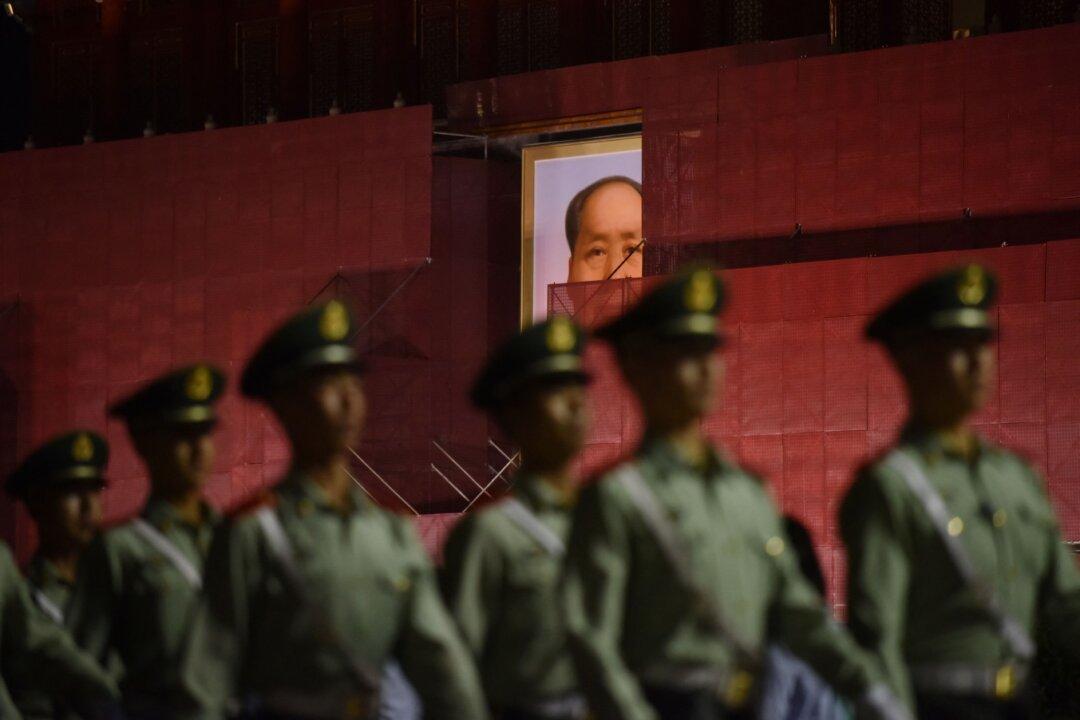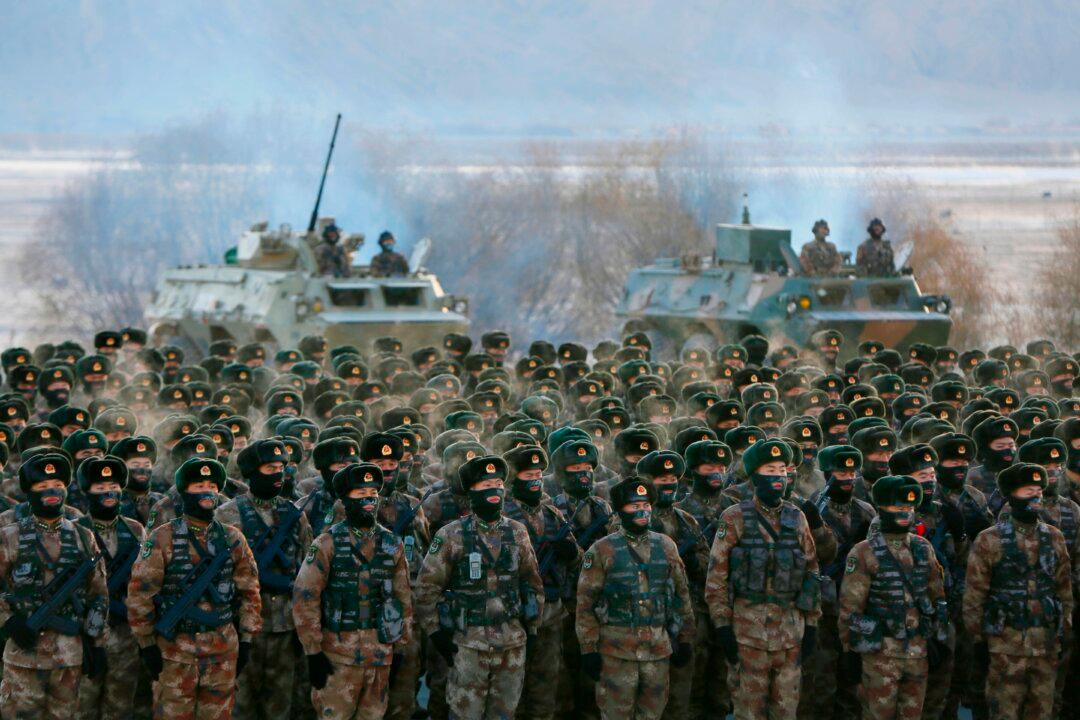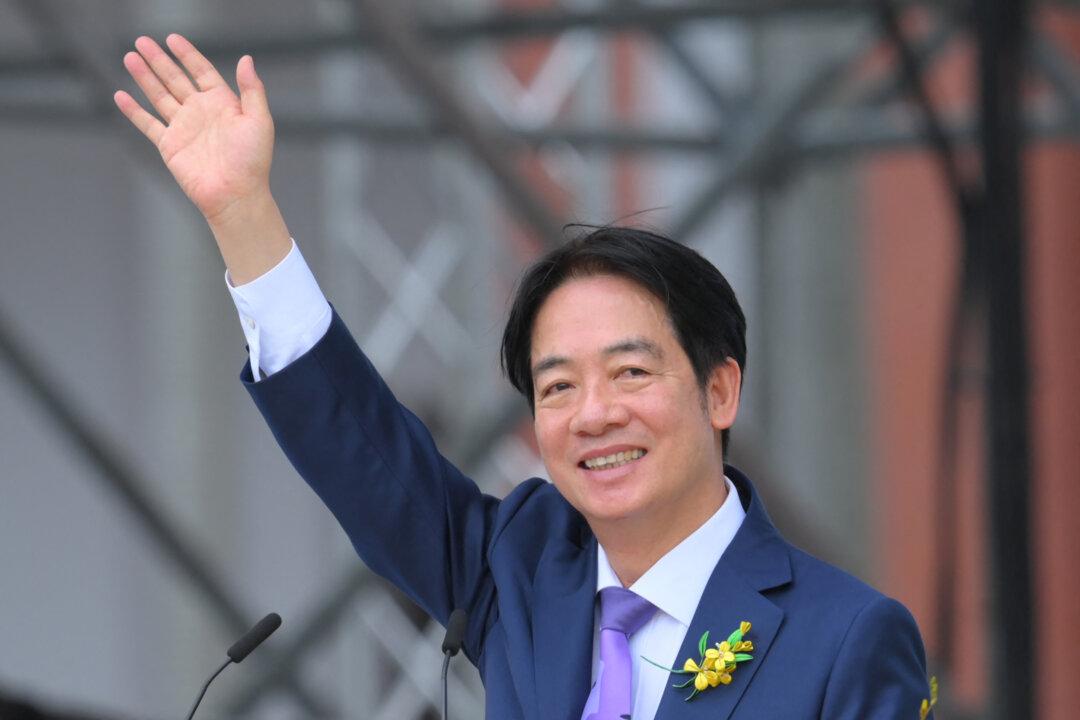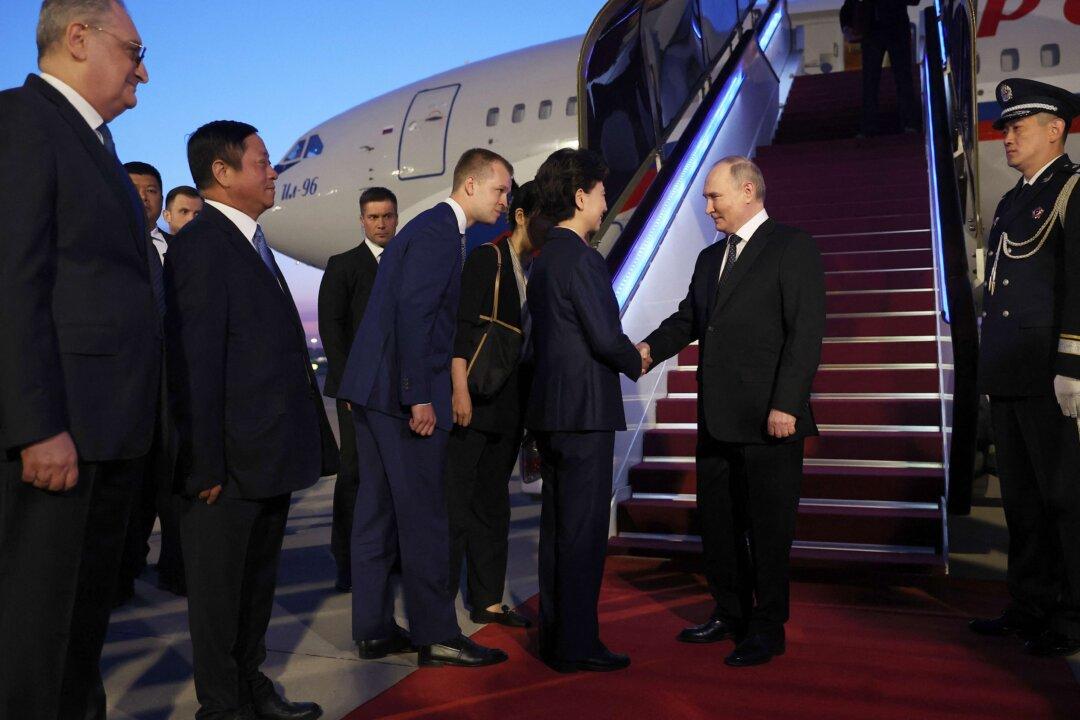Commentary
It must be embarrassing for a former KGB agent like Vladimir Putin to be supplicant to Xi Jinping. As an old intelligence pro, he would know the history of the Chinese Communist Party (CCP) and the essential role the Comintern or Communist International played in directing and controlling the CCP from its earliest days until its victory in the Chinese Civil War.





